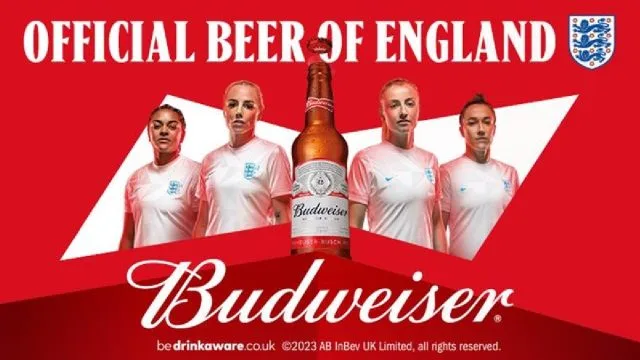Amid the struggles of the Great Depression, Dec. 5, 1933, brought about a reason to celebrate: the repeal of the Volstead Act, which officially ended the era of Prohibition. But the temperance movement had lost traction long before, and the 1920s saw one of the most glorious, booze-soaked decades in history.
Much has been written about the myriad ways spirits made their way into speakeasies, clubs, and people’s homes, but Champagne flowed freely as well. Much of the bubbly came from an overlooked part of Prohibition history: a small archipelago off the Newfoundland Coast called St. Pierre and Miquelon. With this year marking the 90th anniversary of Repeal Day, VinePair takes a look at these islands and how Champagne made its way into U.S. drinking culture in the time of Prohibition.
Geography of St. Pierre and Miquelon
Located just 15 miles from the Newfoundland coast, the islands total 93 square miles in area. However, 90 percent of the 6,000-strong population (4,000 people in 1920) reside on the 10-square-mile mass known as St. Pierre.
For centuries, cod fishing was the primary industry. Being so remote, residents of the fog-shroud islands have historically relied on trade and imports for most of their resources. Although mere miles from Canadian shores, the islands were, and still are, under French rule since 1816 — the most important element that led to booming success during Prohibition.
The First Discovery
The first American to take interest in the islands was Bill McCoy, a rumrunner who already had



![America’s Regional Chili Styles [MAP]](https://wineconstantly.com/wp-content/uploads/2024/10/regional-chili-styles-map-google-768x432.webp)

